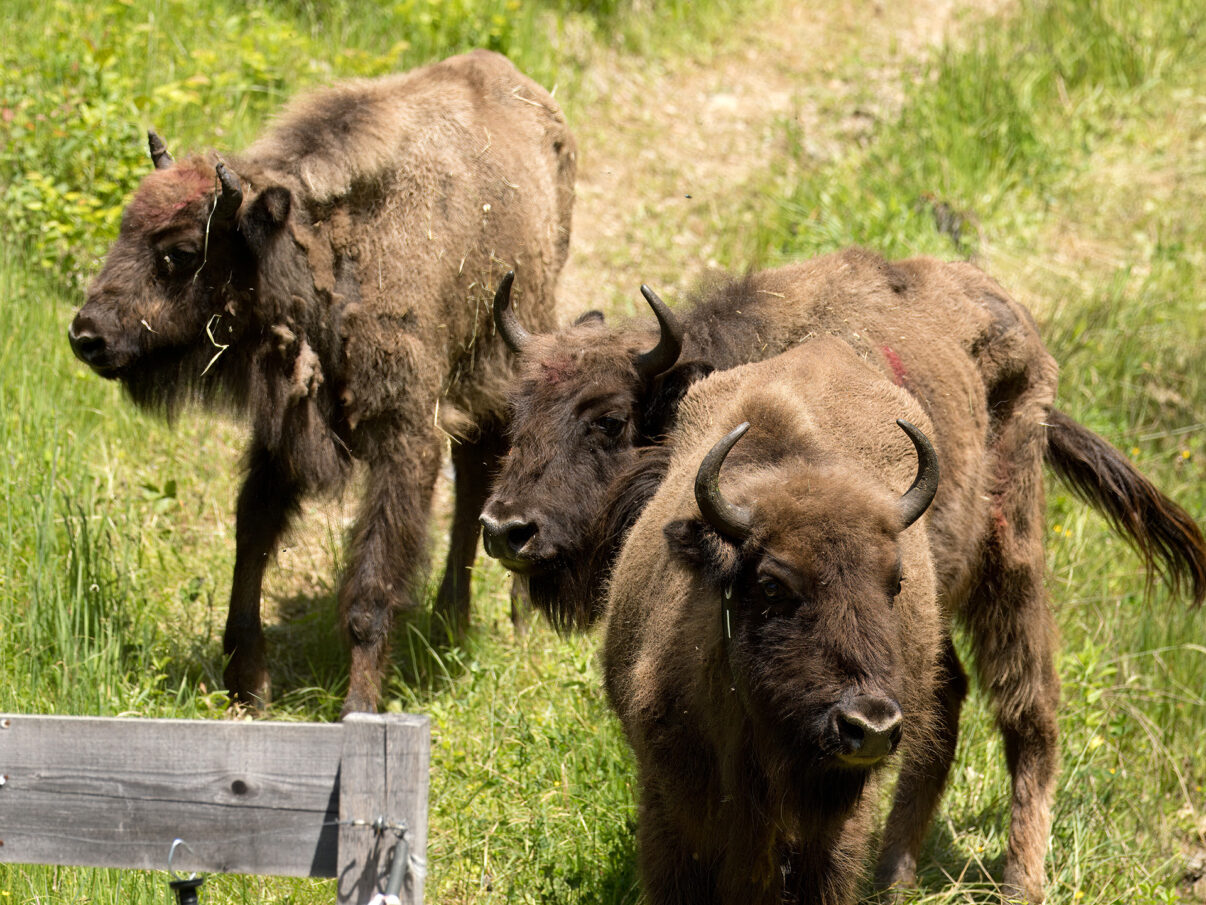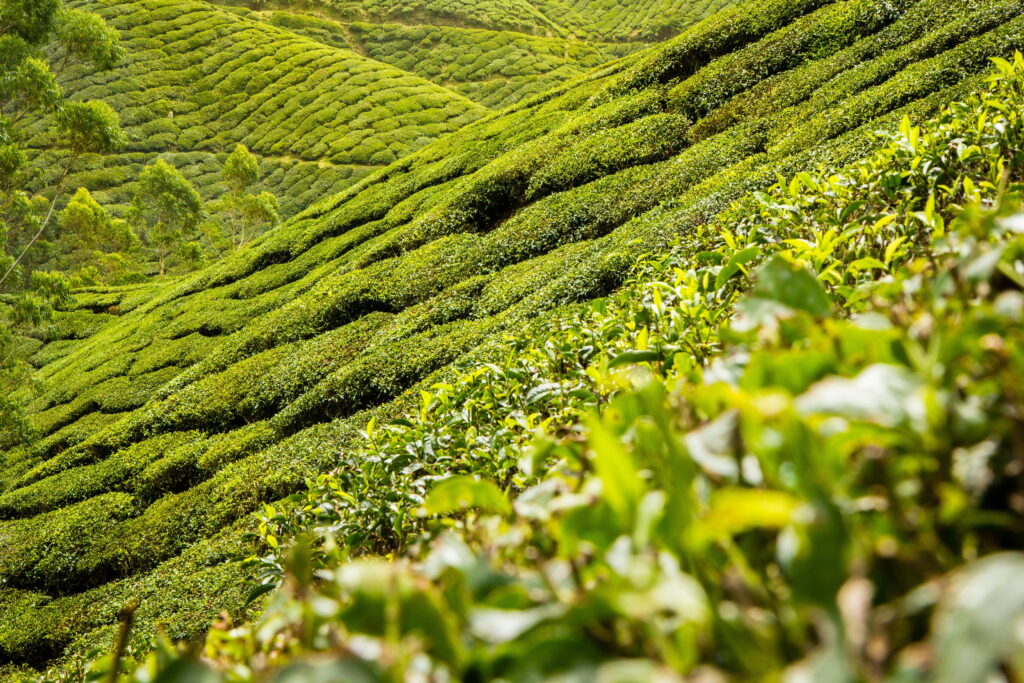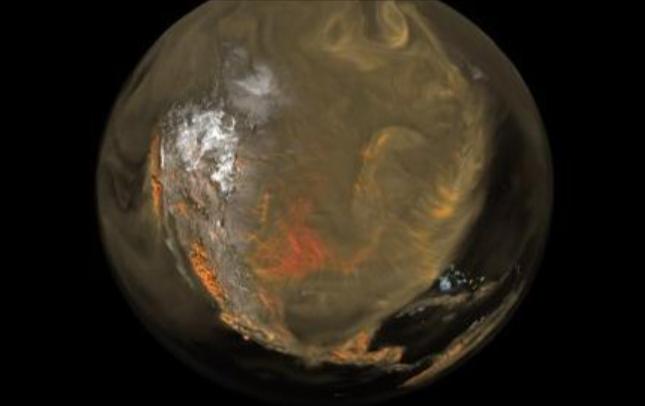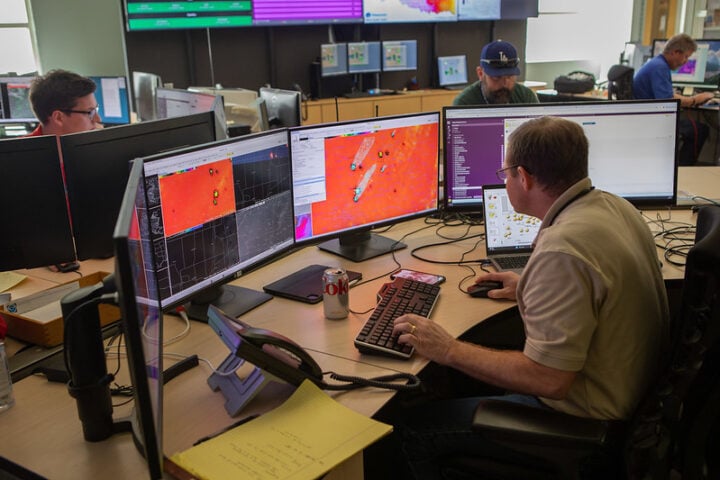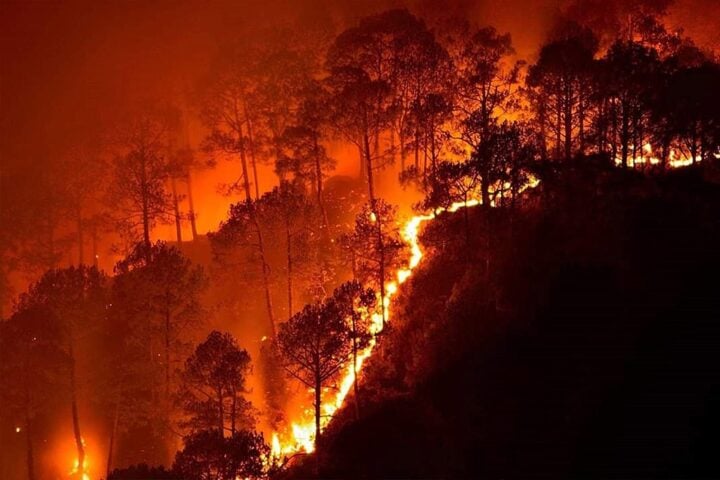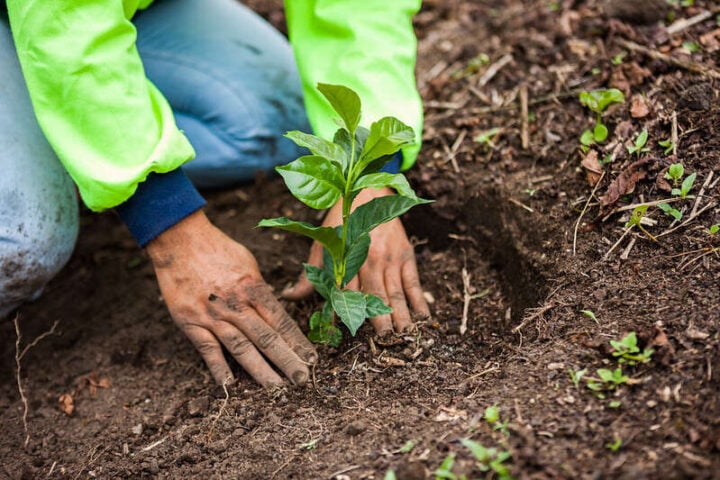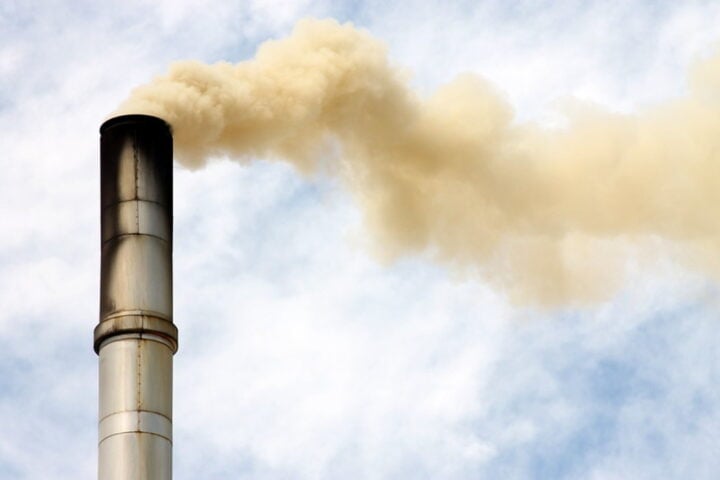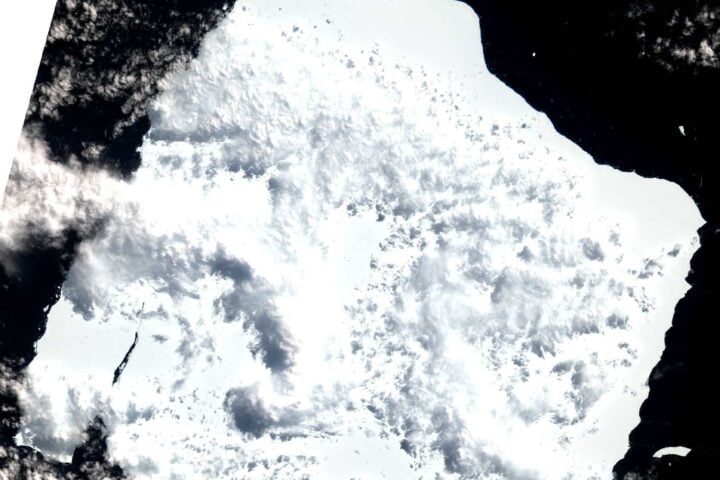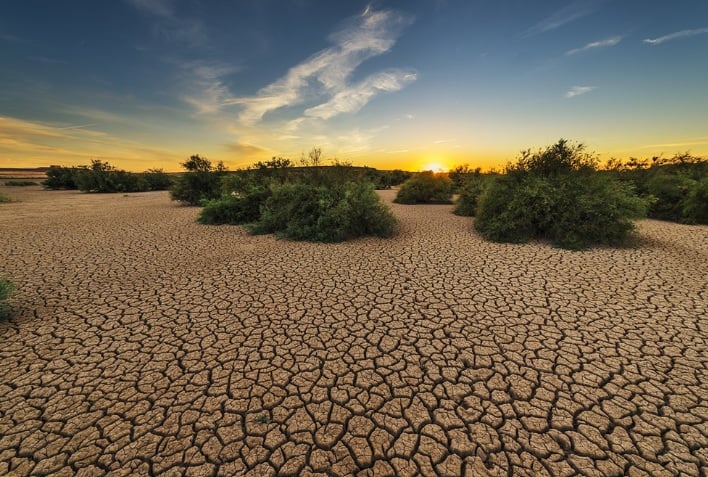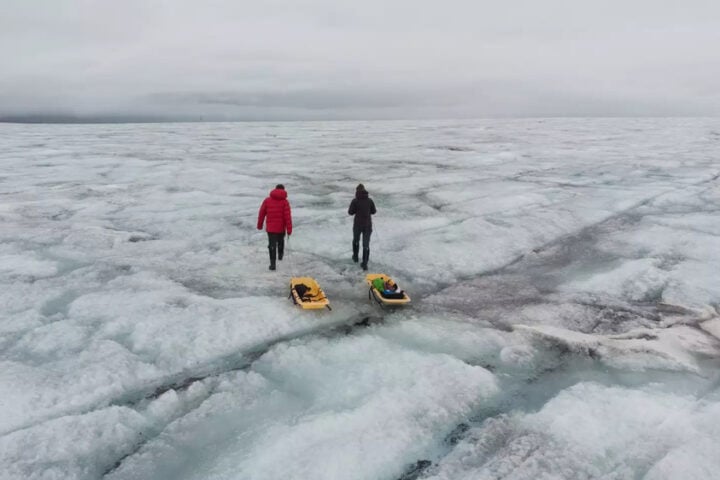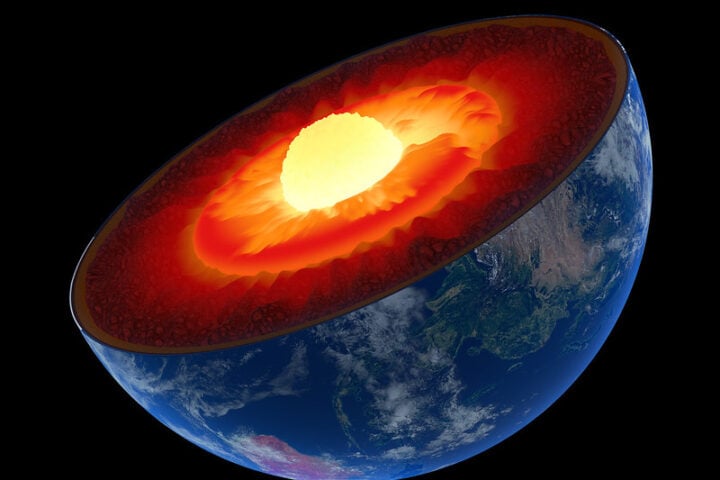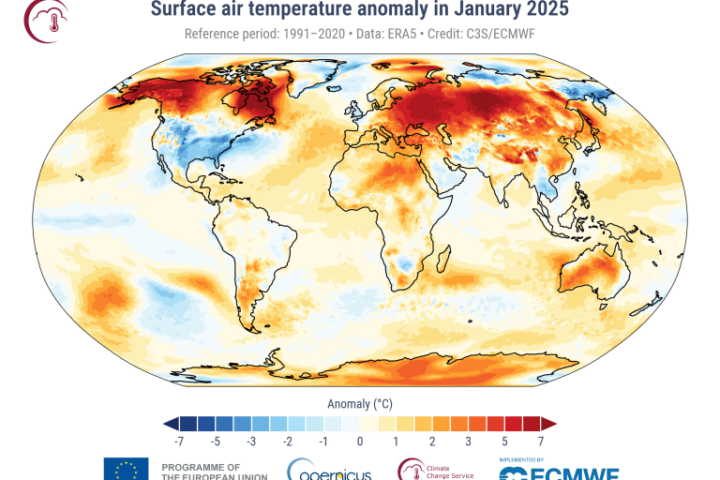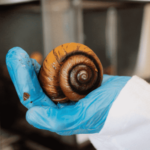A herd of 170 reintroduced European bison in the Tarcu Mountains of Romania could help store carbon dioxide (CO2) emissions equivalent to removing 43,000 American cars from the roads for a year, according to research demonstrating how animals can mitigate some effects of the climate crisis. The results were published by The Guardian.
The European bison disappeared from Romania over 200 years ago, but Rewilding Europe and WWF Romania reintroduced the species to the southern Carpathian Mountains in 2014. Since then, their number has increased to over 170 animals, constituting one of Europe’s largest free-roaming populations. The area has the potential to support between 350 and 450 bison.
The latest research, funded by the Global Rewilding Alliance and WWF Netherlands, used a new model developed by scientists from the Yale School of the Environment. The model, which has been published and peer-reviewed in the Journal of Geophysical Research, calculates the additional amount of atmospheric CO2 that wildlife species help capture and store in soils through their interactions within ecosystems.
It was found that the herd of European bison grazing an area of nearly 50 square kilometers of grasslands within the broader Tarcu mountains potentially captures an additional 54,000 tons of carbon annually. That’s nearly 9.8 times more carbon than without the bison. This corresponds to the annual CO2 emitted by an average of 43,000 American gasoline cars, or an average of 123,000 European cars due to their higher energy efficiency, the Guardian article explains.
Professor Oswald Schmitz of the Yale School of the Environment, the lead author of the report, explained that “Bison influence grassland and forest ecosystems by grazing grasslands evenly, recycling nutrients to fertilise the soil and all of its life, dispersing seeds to enrich the ecosystem, and compacting the soil to prevent stored carbon from being released,” dispersing seeds to enrich the ecosystem, and compacting the soil to prevent stored carbon from being released.
Similar Post
“These creatures evolved for millions of years with grassland and forest ecosystems, and their removal, especially where grasslands have been ploughed up, has led to the release of vast amounts of carbon. Restoring these ecosystems can bring back balance, and ‘rewilded’ bison are some of the climate heroes that can help achieve this.”
Alexander Lees, a biodiversity professor at Manchester Metropolitan University who was not involved in the study, said it “makes a convincing case for European bison reintroduction as a nature-based climate solution – one with major biodiversity conservation co-benefits.”
“This research opens up a whole new raft of options for climate policymakers around the world,” said Magnus Sylvén, director of scientific policy practice at the Global Rewilding Alliance. “Until now, nature protection and restoration has largely been treated as another challenge and cost that we need to face alongside the climate emergency. This research shows we can address both challenges: we can bring back nature through rewilding and this will draw down vast amounts of carbon, helping to stabilise the global climate.”
The bison, a key species, plays an important role in ecosystems: its grazing and browsing help maintain a biodiverse landscape of forests, shrubs, grasslands, and microhabitats. In the Tarcu mountains, their return has also inspired nature-based tourism. Schmitz pointed out that the Carpathian meadows have specific climate and soil conditions, so the effect of the European bison may not necessarily be extrapolated internationally: American grasslands, for example, have much lower productivity.
The report on the European bison in Romania is “the first of its kind,” Sylvén said, adding that the model provides “a very powerful tool at hand to give directions to wildlife reintroductions.”
